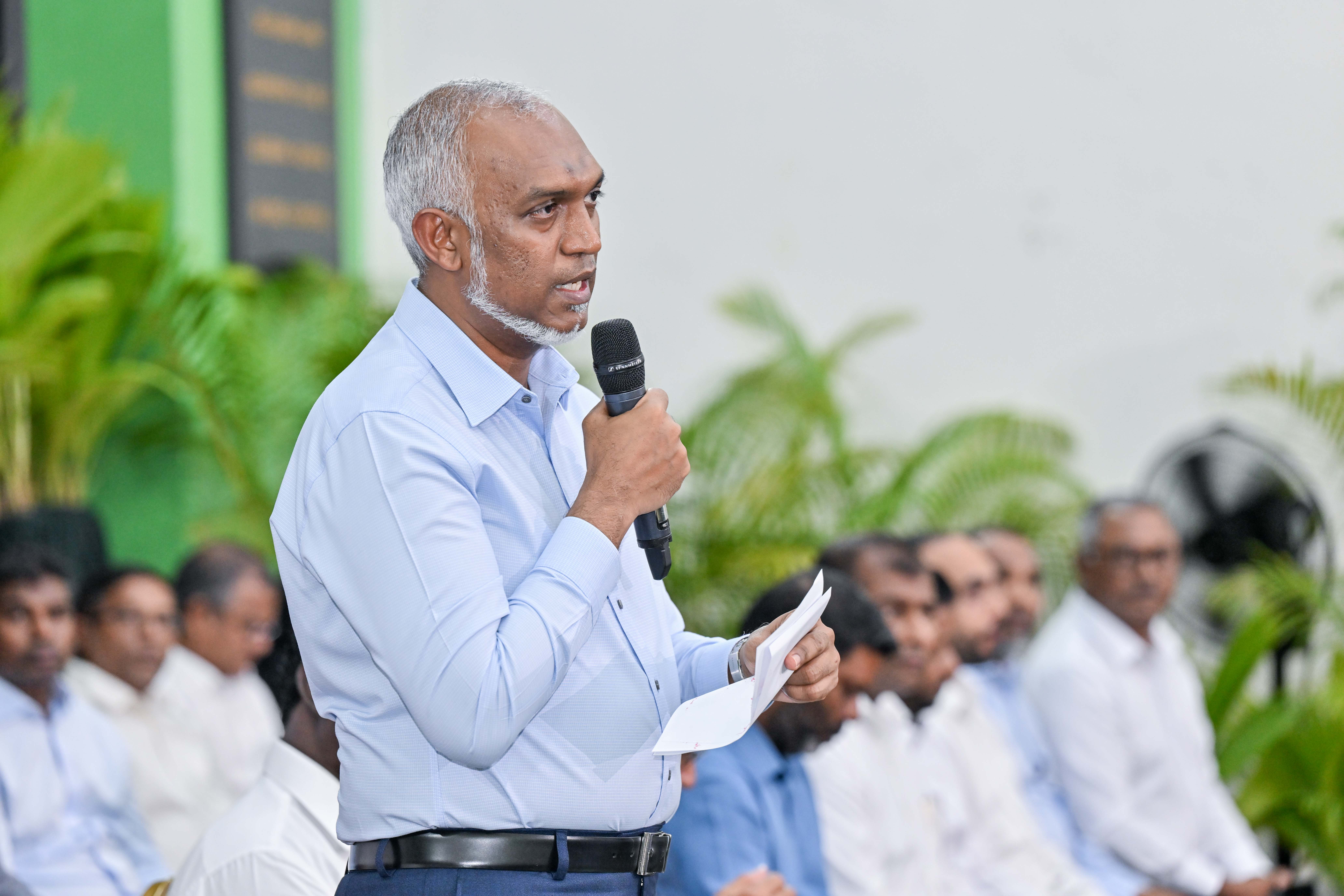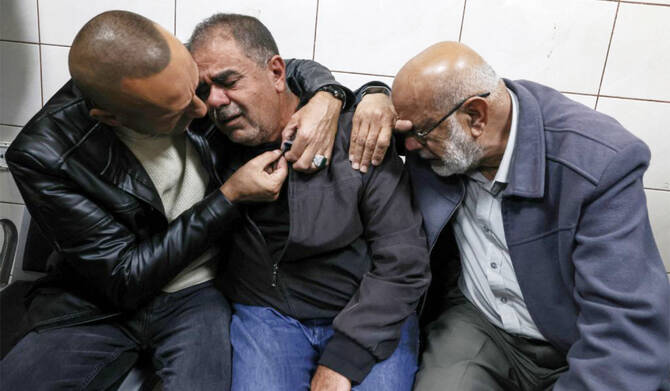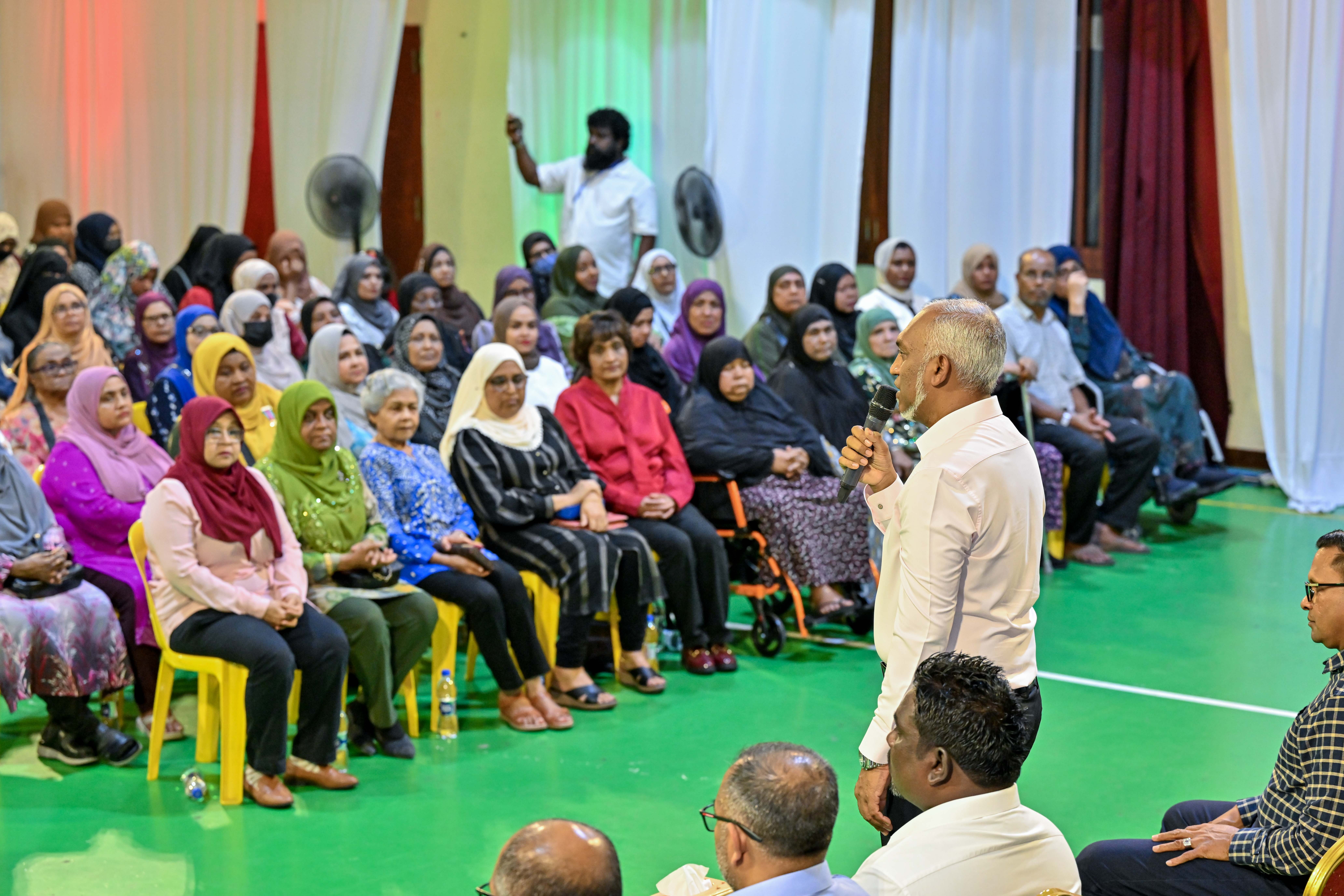The death toll from the strongest typhoon to hit the Philippines this year rose to 388 on Monday, the government said, as disease outbreaks threatened some of the stricken areas.
Typhoon Rai struck the south and center of the Asian nation on December 16 and 17, toppling power lines and trees and unleashing deadly floods that also left hundreds of thousands homeless. Rai, the 15th typhoon to hit the Philippines this year, made landfall on Siargao Island on Thursday, a popular tourist and surfing destination in the Caraga region of northeast Mindanao. It had initially packed winds of up to 260 kilometers (160 miles) per hour -- equivalent to a Category 5 storm.
As Rai traveled west, it ripped down homes, trees and power cables in its path, bringing with it heavy rain, widespread flooding and landslides. Communities were destroyed and hundreds of thousands left homeless by the storm.
The civil defense office in Manila raised the death toll from Rai to 388 with 60 others missing and hundreds injured. Civil defense officials said more than four million people were receiving typhoon aid in 430 cities and towns where about 482,000 houses were damaged or destroyed.
More than 300,000 people remain in evacuation camps, with more than 200,000 others sheltering in the homes of relatives or friends.
Scenes of the destruction were reminiscent of Super Typhoon Haiyan, known locally as Yolanda, which hit the Philippines in November 2013. That was one of the strongest storms to batter the nation, killing more than 6,000 people. Its powerful winds and enormous storm surge smashed buildings, destroyed roads and caused widespread power and water outages.
The human-induced climate crisis is making typhoons, hurricanes and cyclones more intense and destructive, and the Philippines is one of the world's most climate-vulnerable nations.
Typhoon Rai struck the south and center of the Asian nation on December 16 and 17, toppling power lines and trees and unleashing deadly floods that also left hundreds of thousands homeless. Rai, the 15th typhoon to hit the Philippines this year, made landfall on Siargao Island on Thursday, a popular tourist and surfing destination in the Caraga region of northeast Mindanao. It had initially packed winds of up to 260 kilometers (160 miles) per hour -- equivalent to a Category 5 storm.
As Rai traveled west, it ripped down homes, trees and power cables in its path, bringing with it heavy rain, widespread flooding and landslides. Communities were destroyed and hundreds of thousands left homeless by the storm.
The civil defense office in Manila raised the death toll from Rai to 388 with 60 others missing and hundreds injured. Civil defense officials said more than four million people were receiving typhoon aid in 430 cities and towns where about 482,000 houses were damaged or destroyed.
More than 300,000 people remain in evacuation camps, with more than 200,000 others sheltering in the homes of relatives or friends.
Scenes of the destruction were reminiscent of Super Typhoon Haiyan, known locally as Yolanda, which hit the Philippines in November 2013. That was one of the strongest storms to batter the nation, killing more than 6,000 people. Its powerful winds and enormous storm surge smashed buildings, destroyed roads and caused widespread power and water outages.
The human-induced climate crisis is making typhoons, hurricanes and cyclones more intense and destructive, and the Philippines is one of the world's most climate-vulnerable nations.


















